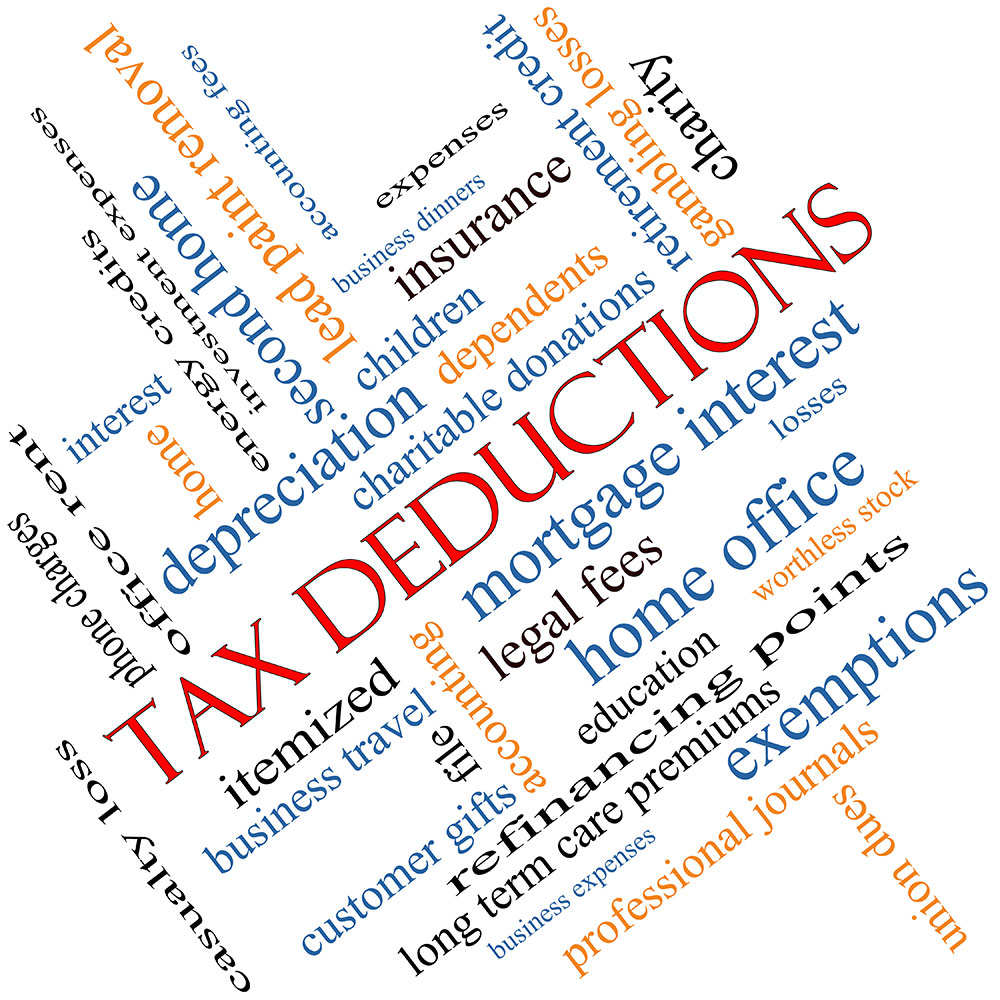10 Common Accountant Terms Explained
October 14, 2019
Does it sometimes feel like your accountant is speaking an alien language? You hired a CPA in the first place so you could benefit from their many years of experience and expertise. Obviously your CPA knows more than you do when it comes to taxes and taking advantage of the most beneficial financial strategies. But at the same time, you do want to understand what they’re trying to help you with and what they need you to do on your end of the finances. Learning a few common accountant terms will really help you to get a firmer grasp on your own financial situation while enabling you to more efficiently communicate with your tax professional.
1. Cash Basis Accounting and Accrual Basis Accounting
One of the first questions your CPA will ask is if your business operates on a cash basis or accrual basis. Newer business owners often take on a “deer in the headlights” look because they don’t know what the terms mean. These terms simply refer to the timing of when you record your business income and expenses. If you use cash basis accounting you record income when you actually get paid and expenses when you send the payment. With accrual basis accounting, you record the income as soon as you earn it and expenses when they’re incurred. Depending on your organization type, there are certain advantages to using either cash basis or accrual basis accounting, so consult with your CPA about which one works best for your business.
2. Balance Sheet
Have you ever gotten a call from your CPA and they say they don’t like the looks of your balance sheet? If you only knew what a balance sheet was you might not like it either, but you don’t so you just nod and say “Oh.” The balance sheet is a snapshot of your financial position at any point in time. The balance sheet takes into account your assets and equity minus your liabilities. The balance is your net worth. It’s valuable for diagnosing cash flow problems in addition to other things.
3. Depreciation
Depreciation is a simple word with a complex meaning. Most people know that a car depreciates in value the moment you drive it off the lot. But when your CPA starts talking about spreading out the depreciation on your assets over time do you really know what they’re talking about? Depreciation is a loss of value over time. Things like expensive business equipment and fleet vehicles are often depreciated over several years’ tax returns as a tax saving strategy. You may also hear your accountant talk about accelerated depreciation, straight-line depreciation and accumulated depreciation. Calculating depreciation on an asset can be complicated, so it’s best left to your tax professional.
4. Fixed Costs
Just as your grandmother may have a fixed income, your business has fixed costs. Fixed costs are those that remain the same no matter how much or how little business you do. Examples of fixed costs include rent and salaries. If your CPA advises you to reduce your fixed costs, you’ll need to make a major change such as move your business location.
5. Journal Entry
Do you hear the words journal entry and get an image of Bob Cratchit penciling in the ledger in Ebenezer Scrooges’s office? You’re not entirely off base. When accounting practices first began, numbers were entered into journals called ledgers. Later on, those ledgers took the form of those wide green and white-striped books you can still find in many office supply stores. Modern accounting is done with software on a computer, but the ledger entries are still called journal entries. And even if you use an accounting software at home and never see a “journal,” it’s still there, operating in the background. Don’t worry, though. You don’t need to know how to make a journal entry by hand – your CPA can take care of it for you.
6. Acid Test Ratio
If your CPA talks about wanting to do an acid test, don’t worry. It’s not rocket science. An acid test ratio, also called a quick test ratio, measures the relationship between business’s current assets that can be quickly liquidated and the business’s liabilities. The acid test ratio is frequently used in conjunction with the balance sheet to study the health of the business’s cash flow.
7. Comfort Letter
If you applied for a business line of credit and they ask for a comfort letter, don’t worry; your CPA will know exactly what this is. A comfort letter is a letter supplied by your CPA to an underwriter to make a declaration about the stability of your company’s financial position. It’s basically used to allay concerns about your financial stability. Just pass on the request to your CPA and they’ll take care of it for you.
8. Debt-to-Equity Ratio
The debt-to-equity ratio is is another measurement that can be used to help assess the stability of your business. This ratio calculates the relationship between your company’s debt financing and your company’s equity financing. This ratio will reveal if you’re over leveraged or under leveraged so you can make the necessary adjustments.
9. Retained Earnings
Don’t get too excited if your financials show that your retained earnings are some astronomical figure. Retained earnings are earnings that have been accumulated by the company and are being retained for future needs or owner distribution. In other words, that money is earmarked for something in particular.
10. Predetermined Overhead Rate
The predetermined overhead rate is calculated and used prior to the end of an accounting period to estimate and assign overhead costs related to products your company sells, departmental jobs or operating units.
Understanding these ten accountant terms will not only help you better understand what your CPA is saying; they will also help you to make smarter business decisions by enabling a fuller comprehension of how your CPA views your company financials. At the end of the day, working in synergy with your CPA is healthy for you and and your business concerns.









